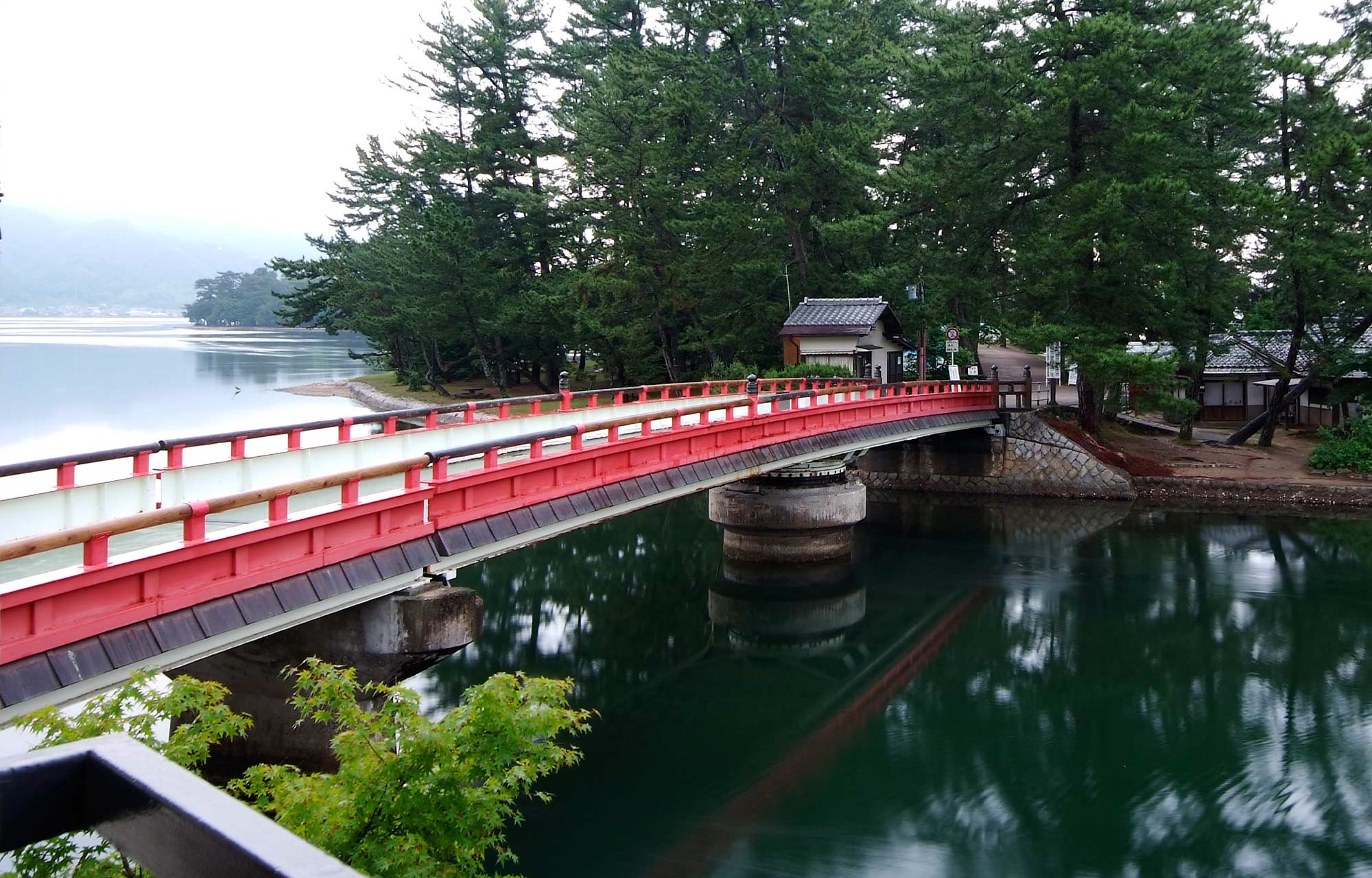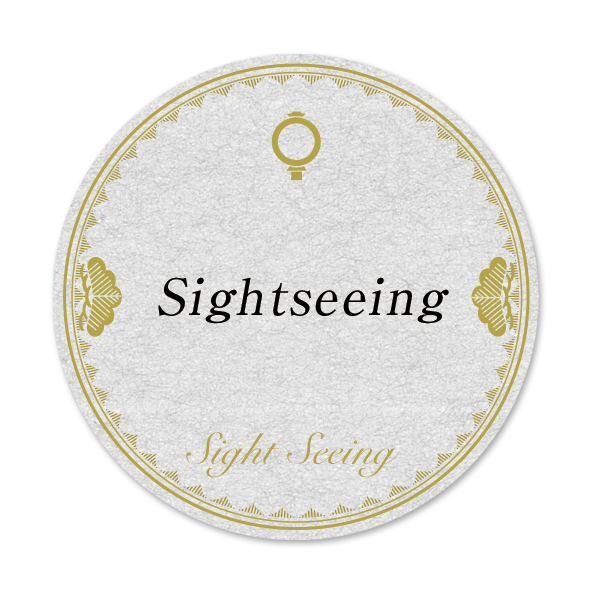
Tourist map of the Taikyourou area
Sightseeing Map
Taikyourou is the closest inn to Amanohashidate.
The surrounding area is dotted with various sightseeing spots, making it very convenient for exploring.
Enjoy the rich history and scenic beauty of Amanohashidate to your heart’s content.
We also recommend taking a short trip to Ine Town, famous for its unique boat houses.
The surrounding area is dotted with various sightseeing spots, making it very convenient for exploring.
Enjoy the rich history and scenic beauty of Amanohashidate to your heart’s content.
We also recommend taking a short trip to Ine Town, famous for its unique boat houses.

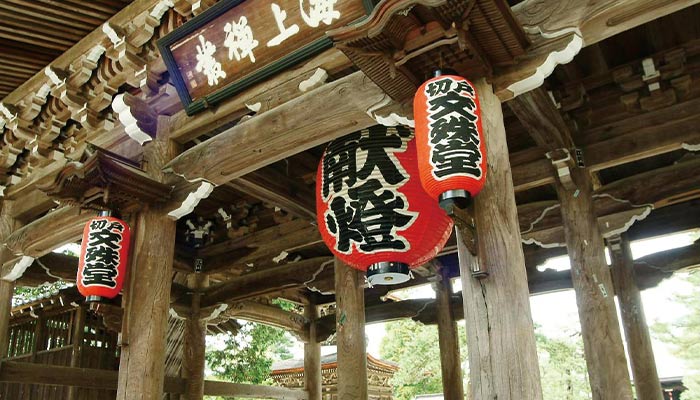
❶ Chion-ji Temple
Known as one of Japan’s three major sites dedicated to Monju Bosatsu (Bodhisattva of Wisdom) and sometimes called “Kireto” or “Kusetto” Monju-do. Many students and their families visit to pray for academic success.
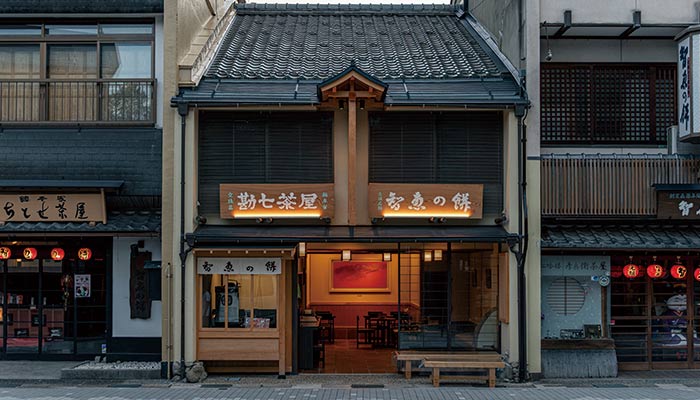
❷ Kanhichi Chaya
One of four tea houses in front of the Monju-do (Chion-ji) gate, founded in 1690 (Genroku 3). It is famous for “Chie no Mochi,” small rice cakes topped with a generous amount of sweet bean paste. Legend says that eating them grants wisdom.
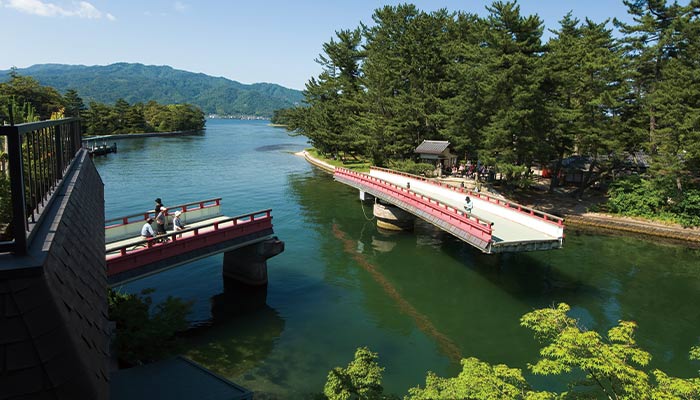
❸ Kaisenkyo
Located at the entrance to Amanohashidate, this rare bridge rotates 90 degrees each time a boat passes, connecting Amanohashidate with the land where Monju-do stands. On busy days, it can rotate up to 50 times, making it a popular spot for photography.
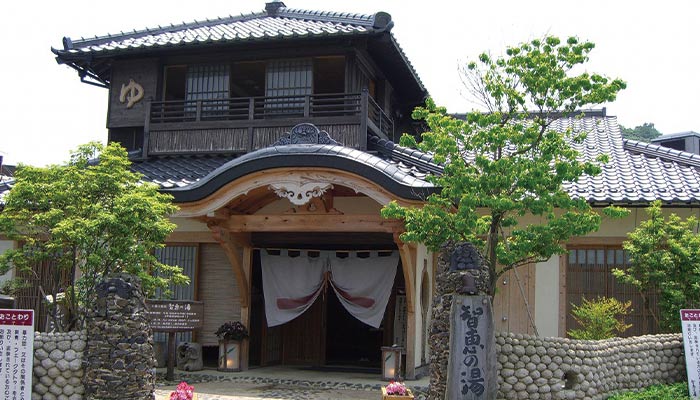
❹ Chie no Yu
Located next to Amanohashidate Station, it’s the only public bath (“soto-yu”) in Miyazu City. Featuring indoor and open-air baths, as well as unique hand and foot baths, it offers the skin-beautifying waters of Amanohashidate Onsen.
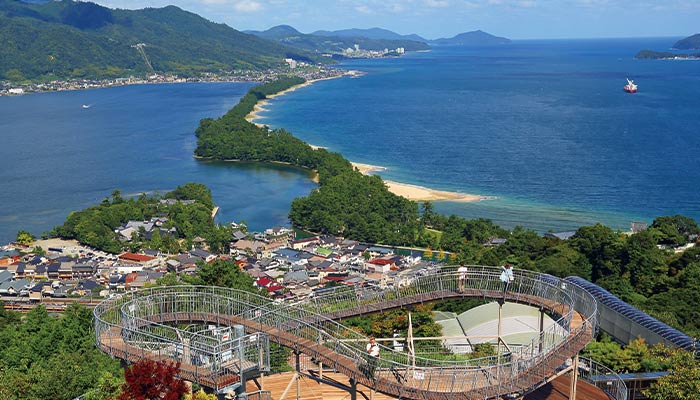
❺ Amanohashidate View Land
At the summit, you’ll find a Ferris wheel, cycle cars, and more – entertainment for all ages. From here, when practicing “mata-nozoki,” Amanohashidate appears like a dragon flying through the sky, hence called “Hiryukan” (Soaring Dragon View).
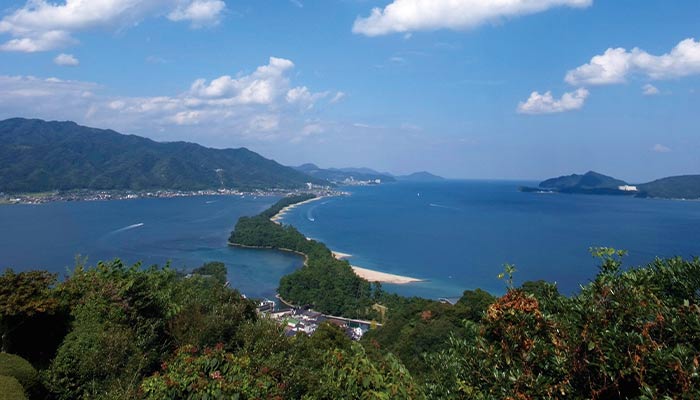
❻ Amanohashidate
This land bridge stretches between Miyazu Bay and Aso Bay. Since ancient times, its shape has been likened to a dragon rising toward the heavens. Three different observation spots around the bay allow you to see Amanohashidate in three distinct ways.
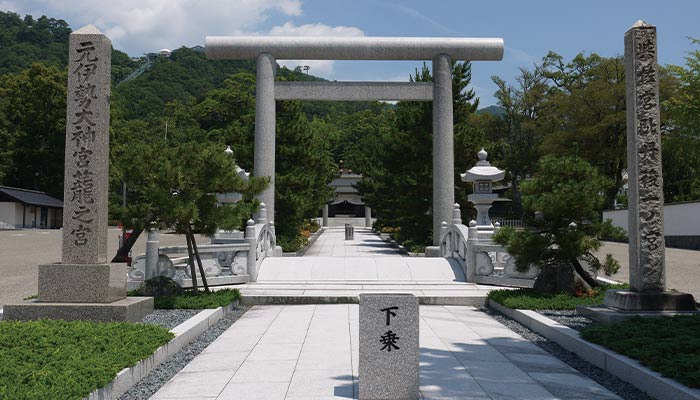
❼ Motoise Kono Shrine
Formally known as “Tango Ichinomiya Motoise Kono Shrine,” it is historically significant in Japan because it is said to be the origin of Ise Jingu in Mie Prefecture.
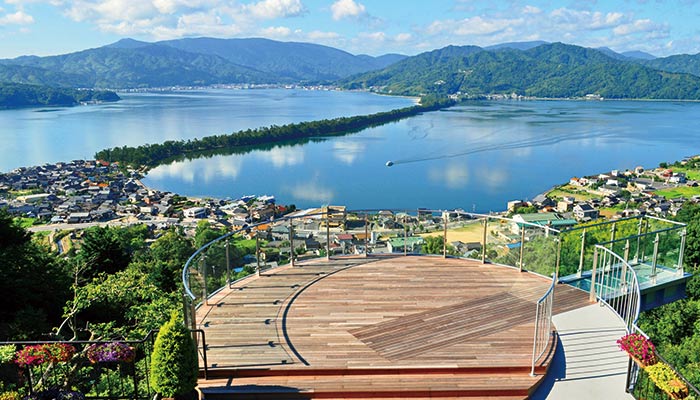
❽ Amanohashidate Kasamatsu Park
From here, Amanohashidate appears like a dragon soaring into the sky – hence the name “Shoryukan” (Ascending Dragon View). It’s also famous as the birthplace of “mata-nozoki,” the tradition of bending over to view Amanohashidate between your legs.
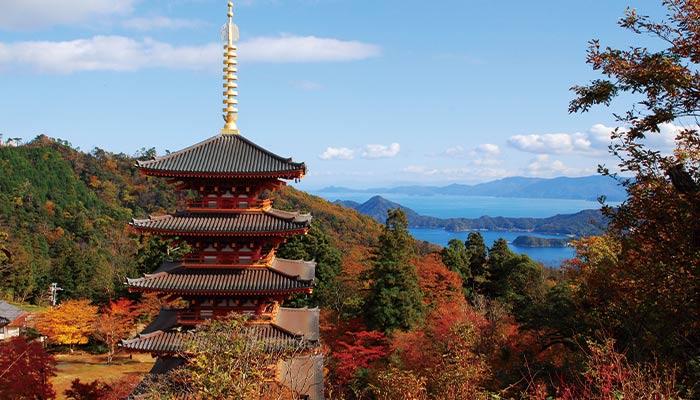
❾ Nariaiji Temple Five-Storied Pagoda
In spring, the pagoda is set against cherry blossoms and rhododendrons; in summer, fresh greenery; in autumn, breathtaking fall foliage; and in winter, snowy landscapes. The site is particularly renowned for its autumn foliage. In autumn, the illuminated grounds create a truly breathtaking scene.
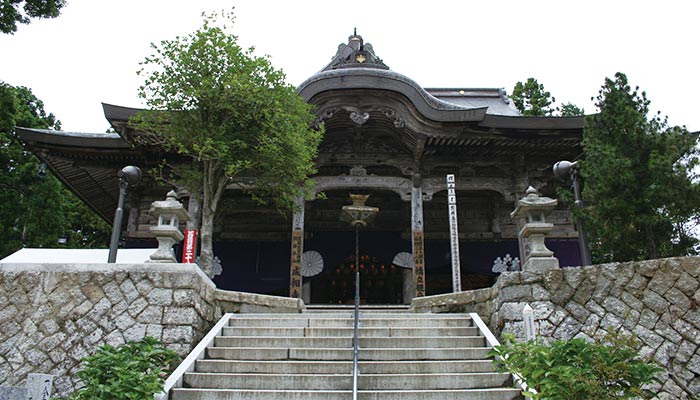
❿ Nariaiji Temple
An ancient temple in Miyazu offering panoramic views of Amanohashidate. It features the “Bell That’s Never Rung,” the “Bottomless Pond,” and the “One-Wish Jizo,” all part of a rich tapestry of legends.
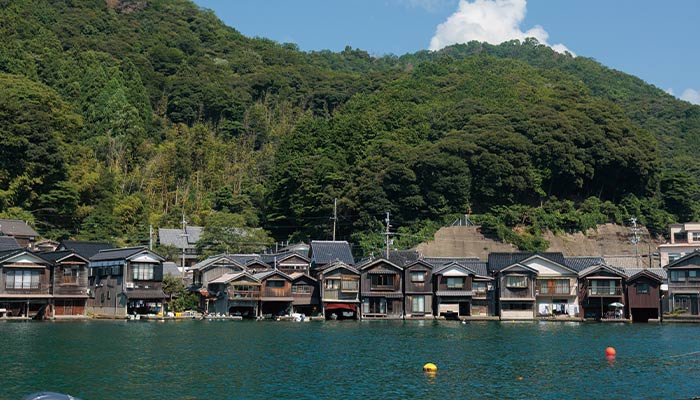
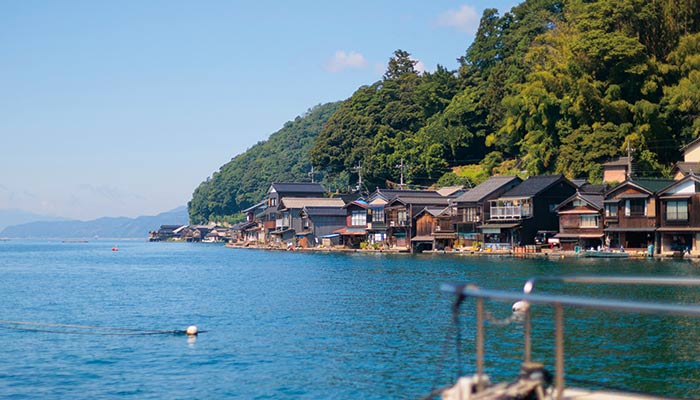
⓫ Ine Town: The Town of Boat Houses
Ine is famous for its “funaya,” traditional boat houses built right along the water’s edge. From the sea, they look as if they’re floating. It’s a unique vista in Japan, popular with both domestic and international tourists.
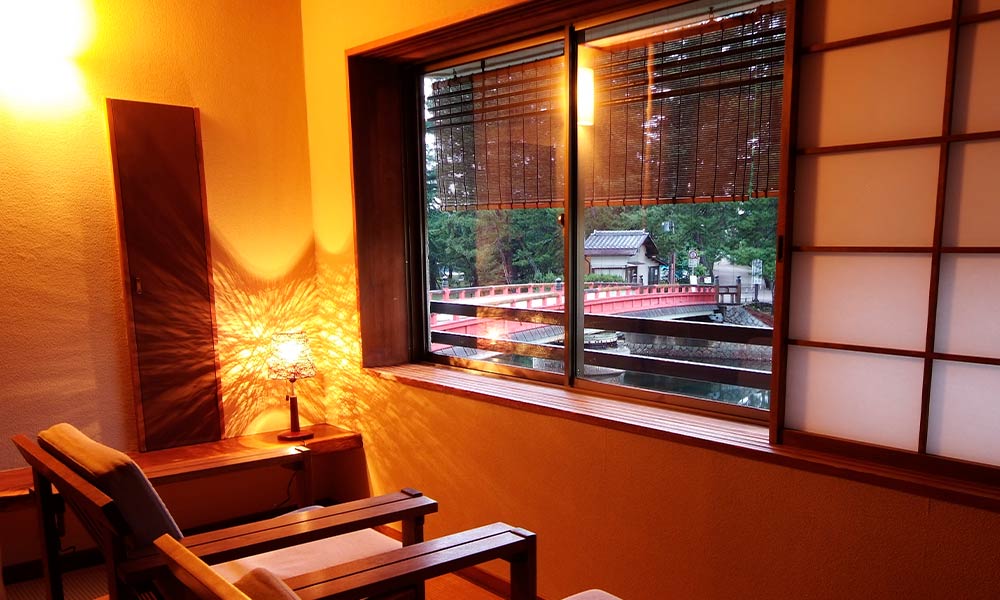
Right in front of the Kaisenkyou(Rotating Bridge)
Kaisenkyou
Some of our rooms offer a view of the iconic Rotating Bridge, the gateway to Amanohashidate, right from the window. One of the unique charms of our inn is being able to leisurely watch the bridge rotate as sightseeing boats and cargo vessels pass through.
Nearby Sightseeing Links
Sightseeing Link


